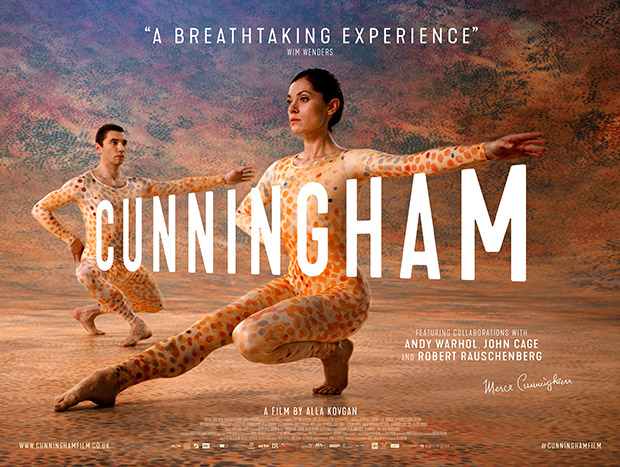
Photography © Mko Malkshasyan. (Click image for larger version)
Released on the 13 March 2020, CUNNINGHAM, the new film about Merce Cunningham, has sadly emerged into a COVID-19 locked down world – but Jann Parry makes a compelling case for seeing it sooner rather than later and CUNNINGHAM is currently available to see at home in many formats.
Alla Kovgan’s film about the first three decades of Merce Cunningham’s career as a choreographer is an insightful way into his work and ideas about dance. It’s not a biographical documentary but an account of how being a dancer was his life. The film progresses chronologically through his creations from 1942 to 1972 as if re-imagining a Cunningham Event – a collage of dances from different contexts.
The film footage combines archival material of Merce and his original company members with dancers of today, the latter captured in 3D in various locations. The 3D extracts from 14 dances take up about a third of the 90-minute film, so special glasses for cinema audiences aren’t necessary all the time. Kovgan was inspired by Wim Wenders’s 3D film Pina about Pina Bausch’s creations to experiment with recording Cunningham’s dances in immersive locations: a forest, a formal garden, on a rooftop, in a street, with a 3D camera moving amongst the performers.
There’s no linking narration, no pundits giving their views – just Merce himself, in interviews from early archives, talking about his ways of making dances: ‘I don’t describe it, I do it’. His quiet, gnomic utterances about his choices, such as separating dance and music on equal unrelated terms, and relying on chance devices, sound reasonable instead of mystifying. Never ‘just’ a dance-maker, he was part of a community of composers and artists who were interested in finding different approaches to creating. He, John Cage, Robert Rauschenberg, Jasper Johns and Roy Lichtenstein were among those seeking the surprise of the instant, the accidental discovery, ‘the spaces in between’.
Cunningham’s dancers had to put up with the random decision-making and the absence of explanation. Comments by company members from the 1950s and 1960s are heard in voice-overs as they are seen in action in archive snippets: Carolyn Brown, who became Cunningham’s assistant, Valda Setterfield, Barbara Lloyd, Viola Farber, Gus Solomons Jr. They learnt how to tune in to Cunningham’s wavelength and how to attempt the impossible: ‘The only way is to do it’, one of them said.

© Martin Miseré. (Click image for larger version)
The special pleasure of Kovgan’s documentary is seeing those original dancers along with Cunningham in his prime as a performer. He was slender, well-muscled, sweet-faced as a young man, with a compelling intensity of purpose. No one moved like him, which is why he needed to establish a training technique. But he didn’t want cloned dancers in the company he founded in 1953 (and which disbanded in 2011 after his death). He chose performers who contributed something of themselves and who understood the implications of each piece he created, even though they were required never to interpret any meaning or emotion.
Kovgan’s choice of recreated works performed by mostly anonymous dancers in unusual spaces displays how very different each of the works is: Rune (1959) filmed in a forest; Winterbranch (1964) in a scary city street with searchlights; Summerspace (1958) seemingly floating amidst Rauschenberg’s multi-coloured dots, and Rainforest (1968) crowded with Andy Warhol’s silver helium pillows. In an interesting interview, Kovgan tells how and where the filming took place over 18 days.
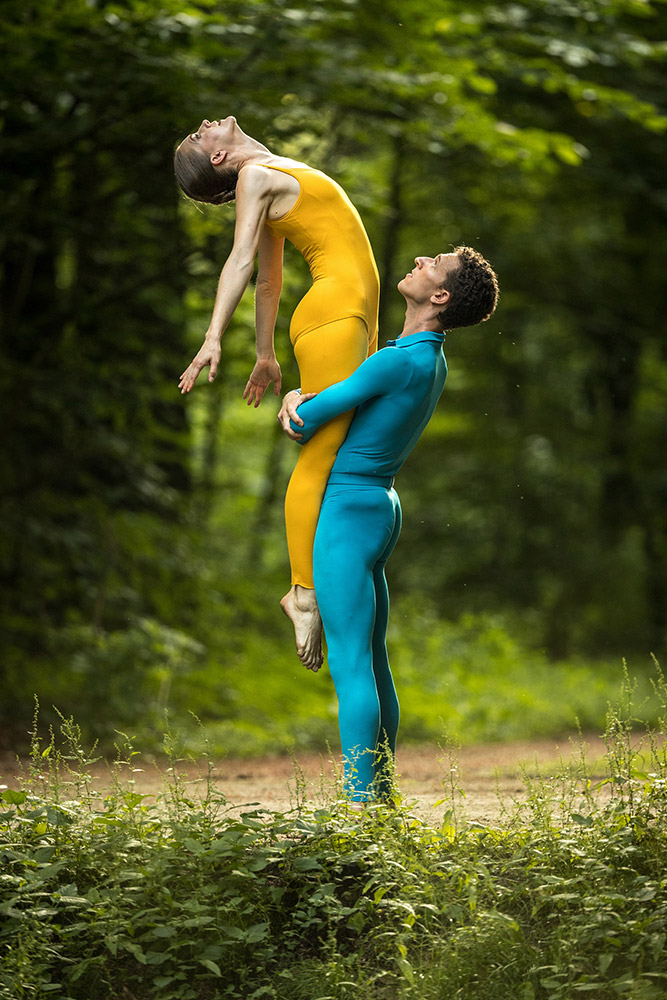
© Martin Miseré. (Click image for larger version)
The documentary records the difficulties Cunningham faced in his early career, with little funding and a lot of incomprehension and hostility. He had the support of John Cage, his partner for much of their lives. Their relationship was a private one, revealed discreetly in the film by a few quotes from Cage’s love letters to Cunningham. They toured together with the company for six months around Europe in 1964 – thirty dates in ten countries – subsisting in conditions that strained communications between most of those involved. Rauschenberg and several of the dancers broke away by the end of the tour. The three-week London season, however, was a success, hailed by the Observer’s dance critic, Nigel Gosling (writing as Alexander Bland) as presenting an art with a future, ‘opening up a range of possibilities which stretch out of sight.’
On its return to New York, the Merce Cunningham Dance Company’s international reputation was made. By 1972, when Carolyn Brown left, the dynamic within the company had changed from that of a family to the institution it then became. Merce was now much older than his new cohorts of dancers. He continued to perform, a Prospero among his spirits, and to create, making use of new technologies over the years. Kovgan believes he would have approved of her innovative filming method, layering footage of performances, putting still photographs in small boxes within the screen, changing perspectives of space.
What she can’t show is the effect his choreography has in live performance. The technique of Cunningham-trained dancers, their awareness of each other and their sense of timing are incomparable. Much of his work is preserved by the Merce Cunningham Trust, which licenses productions and provides classes and workshops for dancers and choreographers. There were numerous tributes last year during the centennial of his birth, and some companies, Rambert among them, have (or had) many of his dances in their repertoires. But the last members of his own company have dispersed, so his personal authority no longer prevails. The choreographic excerpts seen in Kovgan’s film were directed by Robert Swinston and Jennifer Goggans, former company members who stage and teach his work internationally. This lovely film provides an incentive to catch Cunningham’s dances whenever you can, just in case their lustre dims as time passes and lives end.







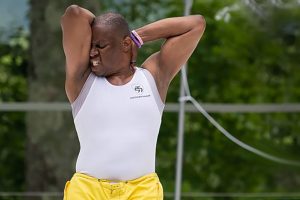
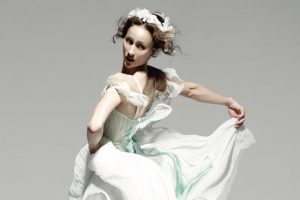



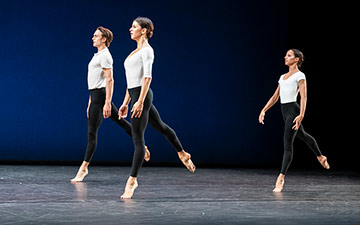

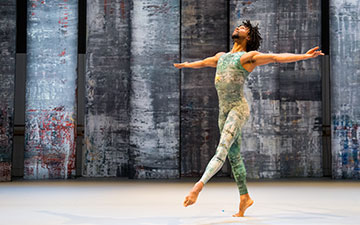


Dear Jann, I loved it too! (I saw it at the theater, in 3D, but I think it may be just as effective on video.)